Canvas Cuisine: The Role of Food and its Culture in Art History
By Emma McCormick
Topic: Food and its Culture in History
For my capstone project, I wish to utilize my education to its fullest amount, including all facets of studies I’ve worked on in the past 4 years. As a communications major with a double minor in history and art history, I planned to create a subject around history and art under the formatting and context of communications. In my prior pitches for my capstone project, I wanted to create my interpretations of art history for modern audiences that would not only be engaging in content but in how that content was portrayed and shared. So, my semester-long project will be an art exhibition of food within art throughout history, featuring 10 pieces of art that all share the theme of the culture and symbolism of food within art. In addition, I will be making the entire marketing campaign for the exhibit, using numerous media and materials.
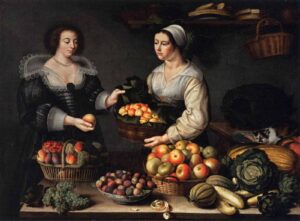
Louise Moillon, The Fruit and Vegetable Seller, 1630. Oil on Panel, 18 7/8 x 25 1/2 inches. Musee du Louve, Paris
I chose this area of art history because it ties directly into my professional goals post-graduation, as I wish to enter the museum industry and work within the realm of marketing, communications, and PR for the museums. With this in mind, it’s good to note that museums often make temporary exhibitions that focus on more specific topics and themes that bring together art pieces that aren’t often associated with each other under standard context such as time, style, geographical area, artist, etc. These specialized exhibits allow art to be reinterpreted and examined under new lenses that give new perspectives, depth, or framework. For those who curate these exhibits, it’s a unique and challenging opportunity that requires curators to find new themes and research that not only shows their thesis but their skills in analyzing and explaining the art and their findings around it. My capstone’s art exhibition will be one of these specialized exhibitions, and will specifically challenge my abilities as an art history and history student, with the marketing campaign of it challenging my communications education.
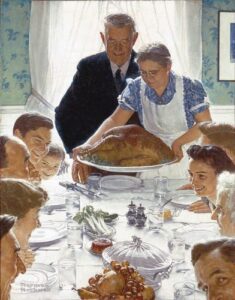
Norman Rockwell (1894-1978), Freedom from Want, 1943. Oil on canvas, 45 3/4″ x 35 1/2″. Story illustration for The Saturday Evening Post, March 6, 1943. Norman Rockwell Museum Collections.
This project and its themes are very personal to me, and I feel like audiences will understand me as a professional and a person when seeing how I create it. As an art history and history minor, it doesn’t need to be said that I love history in all forms, and find my inspiration within the past. But, my choice of making my exhibit about food in art history was a personal love that I have for food culture and its history, as I find it vastly interesting how a factor of survival became a pillar of culture and societies for all of history. If that’s not enough, I also already run a food history blog that is the passion project that I’ve worked on for the past year called Eating the Eras. In consideration of the marketing campaign aspect of the project, I wanted to work beyond my interests in history and art and include my more professional interests in marketing and communications. I believe that those focuses will give the project more structure and maturity and not make it solely based on arts and the humanities, but more aligned with a business-oriented lens.
I believe that in the world of art and history, there is always a demand for new content in whatever form is available. In any way possible, both fields embrace all thought and content in the everlasting need for expansion and exploration, as both are always changing and growing. I believe that my exhibit would contribute to this constant demand for knowledge and perspectives, as it works within the realm of both fields and is contributing new perspectives and frameworks to view the art. In regards to the marketing side, I think that it also is a creative facet of business that is always changing and growing with innovative styles and techniques, and my communications skills will help me feed the demand for museum-related marketing. This is especially true as museums, who are naturally associated with “old”, must stay relevant and “new” with modern marketing and communications.
Form:
In my capstone project, the exhibition and its marketing will take its form throughout numerous mediums and formats to create a full and immersive experience. I want the exhibition and its marketing to feel as real as possible, only stopping short of actually implementing the marketing or creating an in-person exhibit with the paintings. To do so, I need to work with some new technologies and techniques that will give audiences a fully-immersed experience. The way I plan on describing this project will mostly be divided between describing the exhibition half and the communications/marketing half.
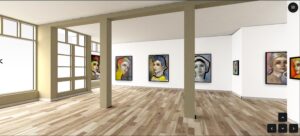
A potential platform for the virtual gallery of the exhibit
For the exhibit part, I had to take a lot of time and consideration to figure out how I wanted to show the exhibition in a way that not only worked logically but also aesthetically. From a logistics standpoint, I knew I had to use a form that had human-centered design and accessibility to make sure audiences had an easy and enjoyable experience while going through the exhibit. So currently, I am planning on using a digital art gallery platform, a form of showing the exhibit that my consultant recommended to me.
While I’m still considering which platform to use, I have narrowed it down to 3 that I believe will be able to deliver an immersive experience while remaining accessible and usable:
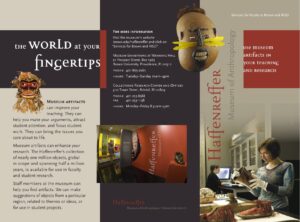
An example of a potential pamphlet/brochure I’d create for the exhibit.
The only reason as to why I haven’t fully chosen is I want to be sure it is accessible for visually-impaired users, and also some require pricing plans that I will be looking into further. But, I also had the idea that if the program I was using wasn’t accessible enough for audiences, such as not offering alt text to photos or reading the summaries, I could make a QR code that would supplement the exhibit and offer full alt-descriptions of the paintings, and then the information summary.
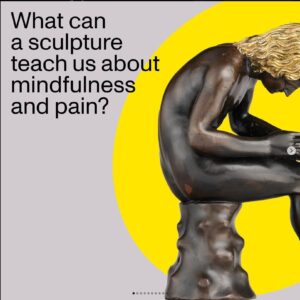
Potential Instagram idea and inspiration from the MET’s Instagram.
With the exhibit, I need to also make the exhibit booklet/pamphlet that explains the gallery and its pieces in continued detail and has pictures of the paintings that visitors could take home to keep as a piece of memorabilia from the exhibit. But, I’d also like to include a back section that would be kid-oriented, offering kids a more engaging experience through little activities and information that would relate to the exhibit and make it more interesting for them (art scavenger hunt, riddles, word search, etc.)
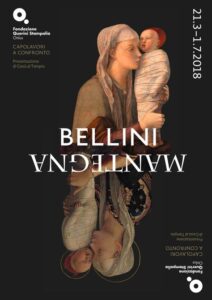
An exhibition poster that could inspire the ones created for my exhibit. Note the use of graphic design, typography, and reference to art pieces within the exhibit.
On the side of communications and marketing, I plan on using both digital and print marketing materials to achieve a rounded campaign. However, it’s important to note that I currently only plan to print out 1-2 copies of the program booklet, and the rest of the marketing materials will be digitally created and displayed on brand sheets. For digital marketing, I plan to do “sponsored” posts on several social media platforms including Instagram, Facebook, and Pinterest. These would all follow a similar theme to keep the campaign consistent, only changing the formatting to fit each platform’s parameters better, and to have the posts remain engaging with small changes. Additionally, I’d make Instagram posts and stories that would look like they were posted by the museum that’s hosting the exhibit (for example, the MET).
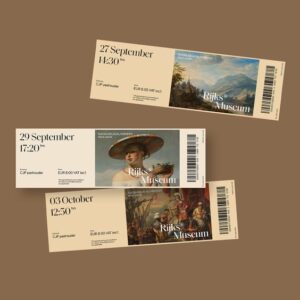
Potential “limited edition” tickets that visitors would have when they entered the exhibit.
For print marketing materials, I would like to create ads that would be displayed in urban settings where major museums often are. With this in mind, I’ve decided to make ads for bus stop spaces, public transportation (mainly subway and buses), 3 varying newspaper ads ranging in size, and the tickets for the museum and exhibit. There would be several exhibition posters made that visitors could buy at the museum store, all of that feature several different paintings.
Audience & Impact
When considering the normal audiences of museums, I can work with a large range of people to be chosen as my primary and secondary audiences. Initially, I believe that my primary audience would be well-educated, urban, cultured, and adults ranging from the mid-’20s to mid-’50s. They are the main visitors of the museum, making up more than 50% of visitors in 2017.
My secondary audience would be students ranging from 14-22+ who are either in high school or higher education. While they don’t have the same exposure to culture and can vastly range in their socioeconomic demographics, they are a great audience to tap into for museums as young adult and teen engagement is a major potential source of upcoming art history lovers, museum memberships, and investors, and are the future of the museum and culture industries. Additionally, they are more likely to be on social media and engage more with brands and institutions on platforms such as Instagram and Tiktok.
I think that my project would have a great impact on these audiences as both a source of culture and entertainment, but also an educational experience for them to learn from. By creating an exhibit that utilizes art pieces from diverse periods, styles, and artists, I am not only creating an exhibit where every viewer is bound to find at least one piece that they like but also will be allowing them to learn more about art history that they may have never considered looking into or have never heard of. Also, by creating the exhibit under the theme of food in art history, I am providing my audiences a deeper historical perspective of the anthropology of food and the culture surrounding it. This impact is a timeless initiative that is, and always should be, working towards with museum audiences.
Prior Experience
As my capstone is a very extensive project, it is important to note that I’ve had experience in all aspects of what I am applying myself to now. Regarding both the art history exhibit side and the marketing campaign, I’ve done both in different projects that had their own unique focuses or branding. On the side of the exhibit, I had previously made a modern art history exhibit for a final in Spring 2021 called “Modern Muses: The Role and Depiction of Sexuality and Femininity in Twentieth-Century Art”, which featured 5 curated art pieces that I chose and wrote summaries for that tied into the theme and introduction that I gave for the exhibit. I also referenced numerous different academic sources that studied the relationship of female sexuality within modern art. I plan on differentiating my capstone exhibit in nearly every way except content formatting and research. I will be choosing 10 pieces of art that will each have a panel of information, and will all be tied together under a theme of food within art history that will be explained and discussed in the exhibit introduction. Also, there will be more variety in the art itself, so there will have to be different levels of information and context that will be needed for each. Doing these changes is challenging because I have never done an exhibit of this size before, and with such a wide variety of art to choose from and work around my theme.
Modern Muses: The Role and Depiction of Sexuality and Feminity in Twentieth-Century Art
On the side of the marketing campaign, I’ve done numerous mini-campaigns in college, but did my largest campaign in DECA in 2018. I made an entire marketing campaign for Clinique called “Chilled Clinique” that was centered around winter and the holidays that included event planning, social media platforms, sponsorships, giveaways, print ads, and digital marketing. Of course, this campaign was geared towards an entirely different industry and audience, making its mediums, materials, and aesthetics an entirely different approach. With this capstone project, I’m making a campaign for a museum about art history, which is a very different project in content and styling. The campaign will be very modern and much sleeker than the Clinique one and will be more mature in its content, aesthetic, and marketing. So, it will challenge me in trying a new industry and subject for my campaign, and how I can successfully market my exhibit engagingly and cohesively.
Educational Experience

Reversible Head with Basket of Fruit, Giuseppe Arcimboldo (1590)
Recognizing that this is a project largely dependent on my past experiences and knowledge, I think that doing the exhibit and marketing campaign is the perfect way to display my educational experience from both my COM major and my double minors in history and art history. Naturally, the marketing campaign is an endeavor entirely based on what I’ve learned through taking my COM classes, the corresponding ILC’s, and Communication Study options. Classes such as Digital Aesthetics, where we learned about Adobe Creative Suite and proper design, Principles of Marketing, where I learned the business side of marketing and its logistics, Civic Media, where we learned about the importance of effective communication with purpose, and even Netflix the Class, where I learned about streaming platforms from a business perspective that gave insight into their marketing and how it utilizes communications for its international audiences. All of these classes have given me the tools I need to properly research and dive into making an effective communications plan for the marketing campaign, using ideas like design plans, human-centered design, emotional design, the 4 P’s, and many more to showcase my skills and knowledge. Additionally, I also can display my education surrounding different software such as Photoshop, Illustrator, InDesign, and other design tools, to create my designs and marketing products.
On the side of the exhibition, it’s the best way to present my education in the history and art history department. Taking numerous classes- such as Intro to Art History II, Modern Art & Architecture, Exchange & Conquest is Modern East Asia, Medieval Art, and countless more- all gave me expectations and guidelines on how to properly analyze, research, and interpret history to the fullest and its impact on our modern world. SPecifically with art history classes, I learned how to write proper papers about art and its historical context, reference academic sources and artworks, and how to read beyond the surface of pieces. I also learned how to use software and hardware regarding academic sources such as databases, library collections and resources, and museum lectures and journals to the fullest extent. I plan on using my now well-versed and strong writing and research skills to create an engaging and educational exhibit that can stand on its own as a solid exhibit, despite it not being “real”. Additionally, I will use my art history knowledge to investigate and analyze art pieces until I curate the perfect pieces for the theme of the exhibition.
Research
Seeing how this is a very academic-heavy capstone project, especially in regards to the exhibition, I am expecting to do a lot of research into historical and art-related resources. I am not worried nor daunted by the level of research I will be doing, as I’ve had numerous years and projects that taught and required in-depth research into academic and even non-academic subjects. Specifically, I will be researching two broad facets of history: food in history, which includes culture, politics, rituals, finances, economy and trade, and so on, and then art history regarding and including food, which ranges from symbolism, iconography, anthropology, practices, ritual, and so forth. Once I have a large collection of resources and a large list of potential art pieces, I plan on organizing and narrowing it down to be prepared for writing and creating the exhibition.
In regards to the marketing campaign, I don’t think I will need to do much besides researching current marketing trends and styles within the museum industry, and how different museums and galleries are utilizing mediums such as social media platforms and print advertising. Additionally, I’ll do some research into demographics and socioeconomic statistics regarding museum audiences, artists, visitors, and other factors. Included below are some of the research guides that I’ve used in the past with much success and plan on using again for my capstone.
- Art History:
- History:
- Communications and Marketing:
- Art museums in US statistics and research -Statista
-
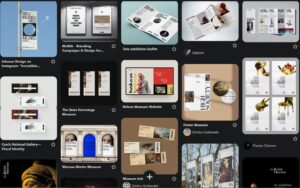
Current research into museum branding
Obstacles & Resources
At present, I can’t foresee any major obstacles that may block my completion of the capstone project. At worst, I can see myself needing to find resources to print professional-grade booklets to hand out at the presentation, but that’s not so much an obstacle rather than a future research activity for me to undertake once the project is nearly completed. I also may have to do some research into figuring out which digital art gallery platform I want to use and the finances of it if it costs anything. Besides that, my biggest obstacle would be myself and time constraints, trying to figure out and complete my weekly tasks to the quality I am holding myself to without being bogged down by obscenely minute details.
Timeline
2/13-2/19:
Begin gathering paintings that correlate to theme of food / food culture and start planning and researching historical and art-history related sources.
2/20-2/26:
Meet with consultant to narrow down choices and make a solid theme around chosen pieces. Begin forming info panels for each painting.
2/27-3/5:
Start writing info panels for paintings and rough drafting introduction and sequence of paintings.
3/6-3-12:
Continue writing info panels and introduction; start finalizing painting sequence.
3/13-3/19:
*Spring Break* Continue info panels and introduction. Painting sequence is finalized. Start forming vision board and creating the brand sheet.
3/20-3/26:
Finish info panels and introduction, meet with consultant and incorporate feedback. Continue building brand sheet and vision board.
3/27-4/2:
Start creating marketing materials. (about 2-4 a week)
4/3-4/9:
Continue creating marketing materials (about 2-4 a week)
4/10-4/16:
*Easter Break starts* Continue marketing materials (2-4 a week)
4/17-4/23:
*Easter Break ends* Finish up marketing materials, begin planning and forming an online gallery, and upload images and info panels.
4/24-4/30:
Order copies of professional-grade exhibit booklets/pamphlets (if not done already); start making presentation and layout
5/1-5/7:
Finish making the presentation, have booklets/pamphlets ready, practice presenting capstone. PRESENT IT!
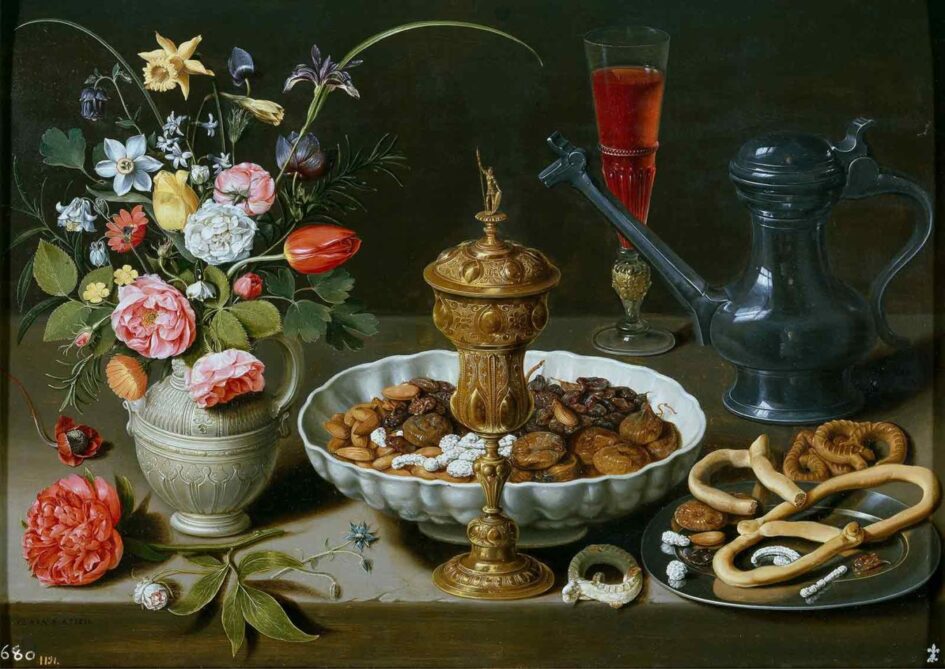
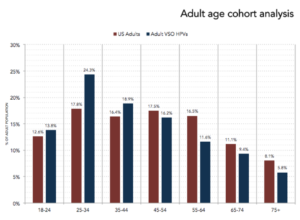
Leave a Reply